Mastering Baccarat: How Pros Make Winning Moves at the Casino
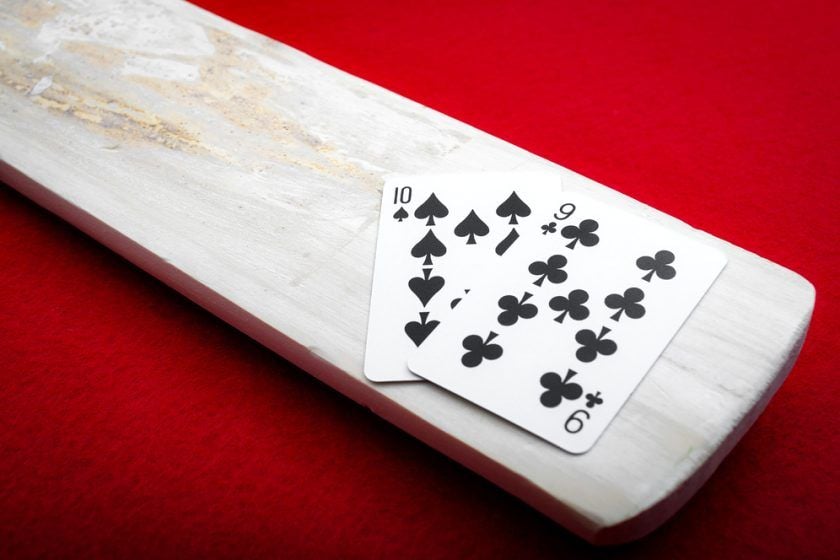
Essential Insights for Success at Baccarat Tables
Sharpening your Baccarat skills comes down to more than luck-seasoned gamblers blend statistical knowledge with disciplined strategies to optimize their play. This guide covers core concepts such as:
- Choosing the most advantageous wagers, especially on the Banker bet
- Disciplined bankroll management and loss limits
- The realistic role and limitations of popular betting systems
- Ensuring fair play by selecting reputable, properly certified gaming sites
- The balance between probability, luck, and strategic discipline
Baccarat may appear exclusive, yet its rules are simple, and the odds are among the best in casino gaming. While casinos retain a small mathematical edge, making smart decisions can lengthen your sessions and boost your confidence at the table.
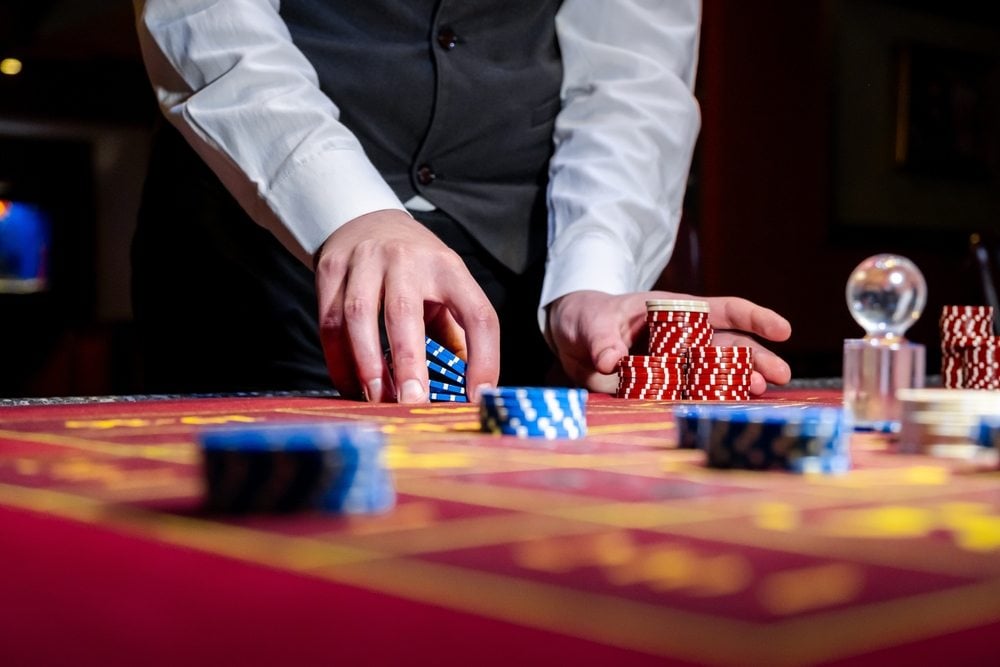
Image Credit: Kitreel/Shutterstock
The Fundamentals: Baccarat Rules Explained
Before pursuing advanced tactics, it's vital to understand the basics of Baccarat:
- The main objective is to bet on the hand-Player or Banker-that finishes closest to a total of nine.
- Card values:
- 2-9 are counted at face value
- 10s, Jacks, Queens, and Kings count as zero
- Aces count as one
- Only the unit digit of any total counts (for example, 17 is counted as 7)
- Both the Player and Banker receive two cards; a third card may be drawn according to strict, automatic guidelines.
- Bets are placed before cards are revealed; after this, players make no further decisions.
- The hand closest to nine wins.
With limited player input after betting, Baccarat is largely a game of chance-yet wise bet selection can still make a difference.
Comparing Betting Options: Banker, Player, and Tie
The three main bets in Baccarat differ sharply in terms of odds and house edge:
Banker Bet:
- Wins about 45.86% of hands
- Pays even money, but deducts a 5% commission from winnings
- House edge is approximately 1.06%
- Statistically the smartest choice
Player Bet:
- Wins roughly 44.62% of outcomes
- Pays out 1:1
- House edge stands at about 1.24%
- No commission applies
Tie Bet:
- Pays 8:1 or 9:1, depending on the casino
- However, ties occur only about 9.5% of the time
- House edge is a hefty 14.36% (with 8:1 payout), dropping to 4.85% with 9:1 payout
- Generally considered one of the worst main bets in the casino
While the Banker bet may not feel glamorous, it consistently offers the best chance of success across countless sessions-a lesson famously demonstrated by high-stakes player Kerry Packer in Las Vegas, who favored massive Banker bets to great effect.
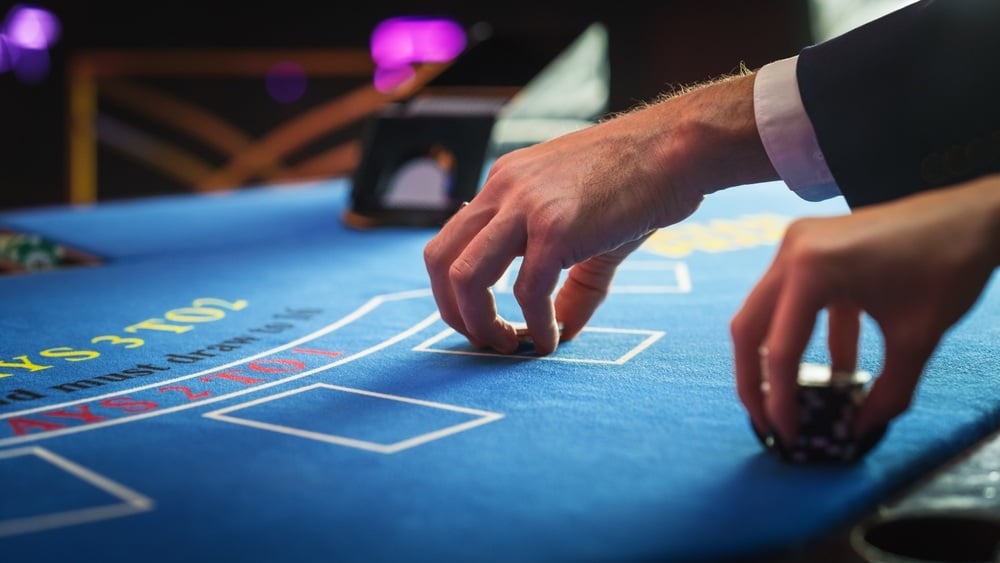
Image Credit: Kitreel/Shutterstock
Exploring Popular Baccarat Variants
Baccarat encompasses a surprising variety of casino formats-especially as you travel between continents. Let's examine some key versions:
Punto Banco (North American Baccarat)
- The most common type, especially at major casinos
- Players bet on Player, Banker, or Tie-they have no influence over play decisions
- Drawing rules are automatic and dictated by the house
Chemin de Fer
- A classic French variant popularized by James Bond novels
- Players can influence third-card decisions and take turns acting as the Banker
- Skilled play matters more, though this version is rare in North America
Historic Chemin de Fer sessions often involved prestigious players and extravagant stakes, adding to its mystique for those seeking a more interactive experience.
Other Notable Baccarat Formats: Banque and Mini Baccarat
Baccarat Banque
- Played mainly in Europe with three decks
- The same player typically acts as Banker throughout a session
- Allows experienced players to leverage a bit more skill
Mini Baccarat
- Uses standard Punto Banco rules but takes place at a smaller, faster table
- Minimum bets are much lower, opening the game to a wide audience
- All cards are handled by the dealer, making gameplay brisk and approachable
Mini Baccarat’s accessibility has made it a casino favorite for both new and seasoned Baccarat fans.
Three-Card Baccarat: The Asian Alternative
Predominantly played in Macau and Hong Kong, three-card Baccarat features unique rules:
- Both Player and Banker are dealt three cards from the start
- No further cards drawn
- The top hands are three face cards (Jacks, Queens, Kings) and then three 7s
- Other hands are scored in line with traditional Baccarat point rules
Though less common elsewhere, this variant adds an intriguing twist to the traditional game.

Image Credit: Kitreel/Shutterstock
Effective Betting Strategies: Structure and Discipline
Baccarat is inherently random, but professional gamblers often rely on structured betting systems to manage volatility and ride out streaks-always remembering these systems can’t beat the house edge.
Martingale Betting
- Double your wager after a loss; return to your starting bet upon a win
- Recovers prior losses plus a small profit after any win
- Can quickly encounter table limits or bankroll depletion during losing streaks
Paroli Method (Reverse Martingale)
- Double your bet following a win, up to a set streak (often three wins), then reset to base bet
- Only increases wagers after successful hands, reducing risk
- Popular in tournament settings for its simplicity
Fibonacci Sequence System
- Bets follow the Fibonacci sequence (1, 1, 2, 3, 5…) after each loss
- Move back two steps after a win, continuing the progression after further losses
- Less aggressive than Martingale, but still structured for loss recovery
Labouchere or Cancellation System
- Write down a sequence of numbers, bet the sum of first and last
- Win: cross off numbers; Loss: add the lost amount to the end
- Flexible but requires careful record-keeping

Image Credit: Kitreel/Shutterstock
Why Seasoned Gamblers Favor the Banker Bet
The Banker’s house edge (just 1.06%) consistently outperforms the alternatives, even after accounting for its 5% commission. Betting exclusively on Banker over many hands translates to lower expected losses.
As gambling expert John Scarne succinctly put it, “The percentages never change... The best bet available is the banker, the next best is the player, and no good Baccarat player ever bets the tie.” Historic shifts in commission rates (as seen at the Havana Riviera) rarely deter experienced players from sticking to the mathematically superior option.
Understanding Casino Advantage and Player Psychology
Many players ignore critical knowledge, such as casino Return-to-Player (RTP) percentages and house edge tables-even though these numbers distinctly impact their long-term results. Whether it’s in slots, video poker, or Blackjack pay tables, paying attention to the math gives you a decisive leg up over uninformed play.
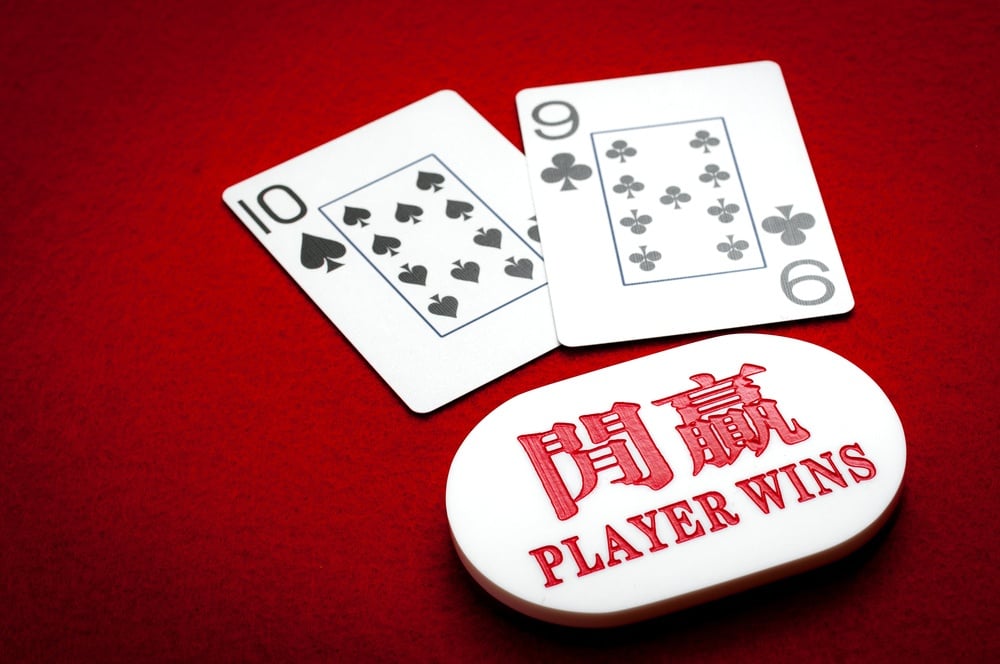
Image Credit: Victor Moussa/Shutterstock
Selecting the Baccarat Variant That Suits You Best
When determining where and how to play, weigh these factors:
- Bet minimums: Mini Baccarat often starts at $5-$25, while the classic game may require $25 or more per hand
- Pace: Mini Baccarat offers rapid play, typically 70+ hands an hour versus the slower “big table” version
- Atmosphere: Larger tables provide a traditional, ceremonial feel
- Skill involved: Punto Banco is chance-based, but Chemin de Fer and Banque let you participate more directly
- Social experience: Traditional versions encourage player interaction
Evaluating Casino Tables:
- Check commission rates (favor lower percentages)
- Prefer tables paying 9:1 on Tie bets (if you must play them)
- Review options for rewarding side bets (e.g., Dragon Bonus)
- Consider new variants, like EZ Baccarat, that drop commissions but modify winning rules
Iconic Baccarat Betting Methods: The James Bond Approach & Beyond
One well-known system, often associated with James Bond, involves splitting your wager:
- 70% on Banker, 25% on Player, 5% on Tie
- For a $100 session, that’s $70 (Banker), $25 (Player), $5 (Tie)
- Maximizes frequency of small wins, but like all fixed systems, it cannot conquer the house advantage for good
The 3-2 Wagering Split
A simple way to diversify:
- 3 units on Banker
- 2 units on Player
- No bet on Tie
This approach leads to frequent modest wins with Banker outcomes, but any system is still governed by the game’s low house edge.
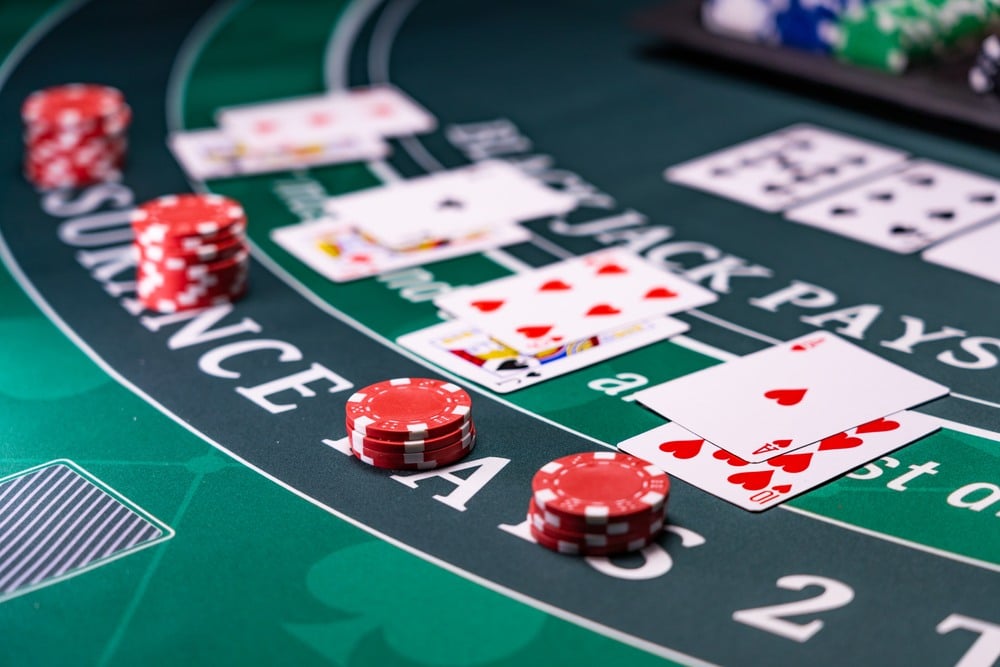
Image Credit: 360VP/Shutterstock
Reverse Martingale: Capitalizing on Streaks the Smart Way
This technique aims to maximize streak wins and minimize losses:
- Start small
- Double your bet after each win, reset after any loss
- Set a strict profit target for each session, then restart
This aggressive system appeals to tournament play, where bold moves can lead to victory.
Getting the Most Out of Casino Bonuses and Free Play
Online Baccarat fans can benefit from:
- No-deposit credits for trial runs
- Free-play practice tables
- First-deposit match offers to extend play
- Cashback on losses to soften risk
Use these bonuses to test systems and become comfortable with the game, instead of focusing solely on cashing out.
Maximizing Promotions While Managing Expectations
For optimal bonus value:
- Carefully examine wagering rules and contribution rates
- Stick to low-house edge bets (Banker or Player)
- Steer clear of high-edge side bets
- Plan your exit strategy with clear stop-loss thresholds
- Keep detailed records of your sessions for future improvement
Common Pitfalls: Avoiding Expensive Baccarat Mistakes
Even experienced players falter by:
- Overvaluing Tie bets (seduced by the high payout, oblivious to the steep house edge)
- Ignoring Banker’s statistical edge, instead chasing patterns or streaks
- Misreading the impact of commission, which is already included in the advertised house edge
- Believing in “due” results or streaks-a fallacy in independent, random games
- Tracking past hand results in hopes of predicting the next outcome
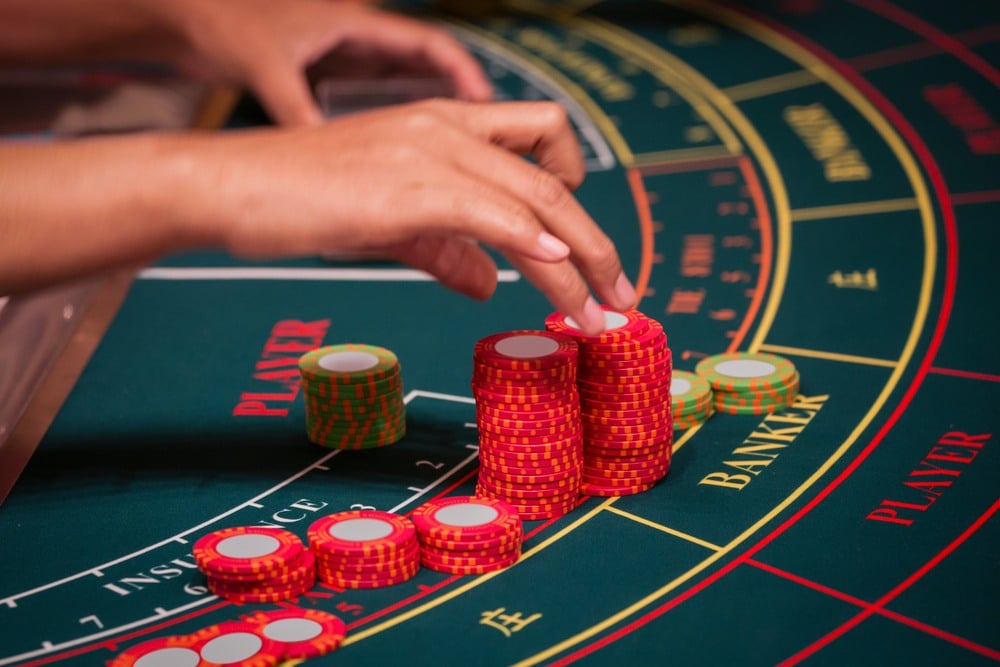
Image Credit: Visualize Creative/Shutterstock
Bankroll Discipline: The Cornerstone of Winning Baccarat
To play smart and endure cold streaks, always:
- Bring at least 30-40x your average bet for proper fluctuation management
- Limit each wager to no more than 5% of your bankroll
- Avoid chasing losses with ever-larger bets
- Predetermine stop-loss limits (e.g., cap losses at half your session bankroll)
- Resist prolonged, fatigue-driven sessions
High-profile losses among professionals-including the infamous spree by Akio Kashiwagi-prove that even deep pockets can be emptied quickly without strict money management.
Building Your Edge Through Regular Practice
Hone your skills and confidence by:
- Using free online tables for risk-free system testing
- Tracking results to internalize betting patterns and game flow
- Simulating outcomes in spreadsheets over long streaks
- Pushing your system through hypothetical losing streaks
- Trying competitive tournament play to understand real-time bankroll fluctuations
Hands-on analysis-reviewing bet choices, streaks, emotion-driven bets, and overall profitability-remains the fastest way to improve.
Baccarat Questions Answered
Can card counting beat Baccarat?
- Due to the nature of multiple decks and predetermined drawing rules, counting provides only a marginal advantage-not enough to overcome the house edge for most players.
Is it possible to win consistently?
- Significant wins happen thanks to variance, but the house advantage ensures that, over the long run, the casino will always come out ahead unless you’re using rare advantage play techniques.
What’s the best way to bet at Baccarat?
- Plain and simple: consistently betting on Banker minimizes losses over time. No advanced strategy can flip the edge in the player’s favor.
How important is managing your bankroll?
- Crucial. Strict adherence to bet sizing, loss limits, and exit points protects your funds against rapid depletion during volatility.
Are online Baccarat games reliable?
- Provided you play at licensed, certified online casinos using regulated software, you can trust the fairness and accuracy of results.
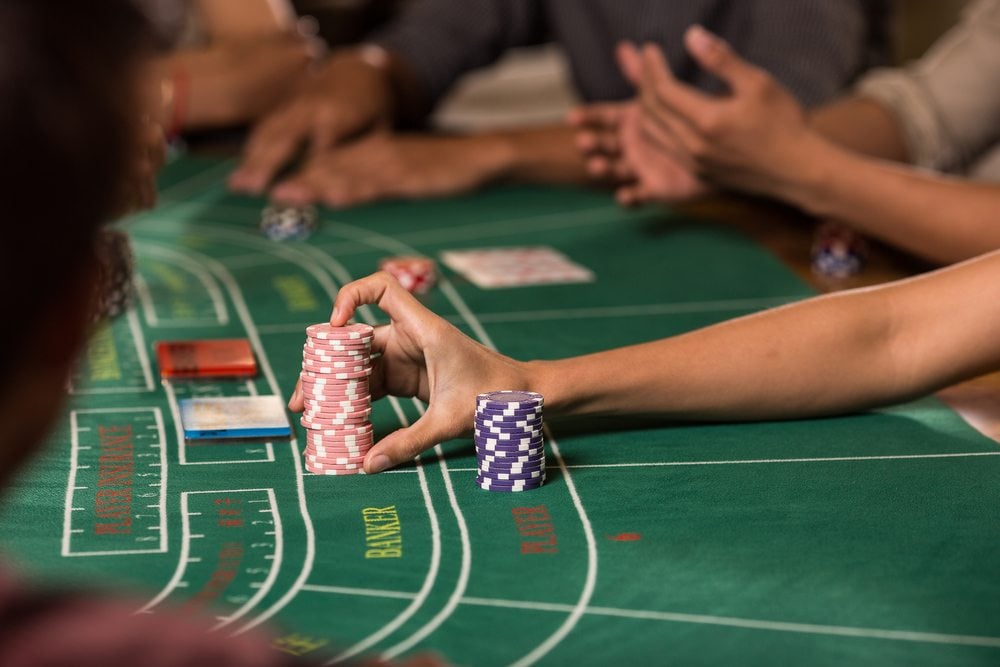
Image Credit: Victor Moussa/Shutterstock
Your Playbook for Baccarat Success
For the sharpest Baccarat experience and the best possible odds:
- Prioritize Banker bets regardless of the commission-math supports your decision
- Steer clear of the Tie wager, no matter how tempting the payout
- Practice responsible bankroll management with smart limits
- Use betting systems only to provide structure, never as fail-proof strategies
- Take advantage of casino bonuses and track your results to refine your approach
Luck dominates any single session, but consistent discipline, sharp decision-making, and knowledge of the odds-all hallmarks of professional gamblers-are the keys to maximizing enjoyment and long-term value in Baccarat.
As Stanley Ho, a legendary figure in the world of casinos, famously remarked: “In Baccarat, the best strategy is to know that there is no strategy - only probabilities and patience.” Embrace that wisdom, play smart, and enjoy the journey.
Title Image Credit: Victor Moussa/Shutterstock













